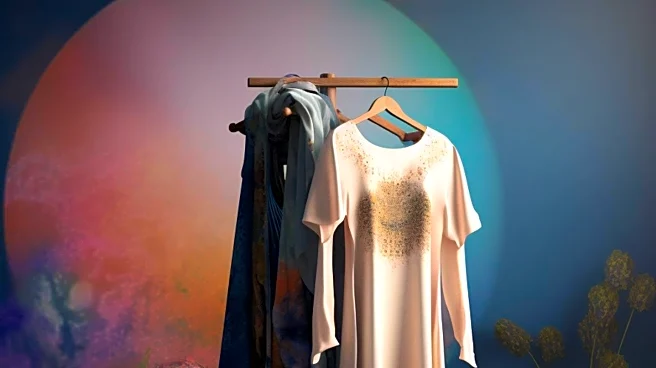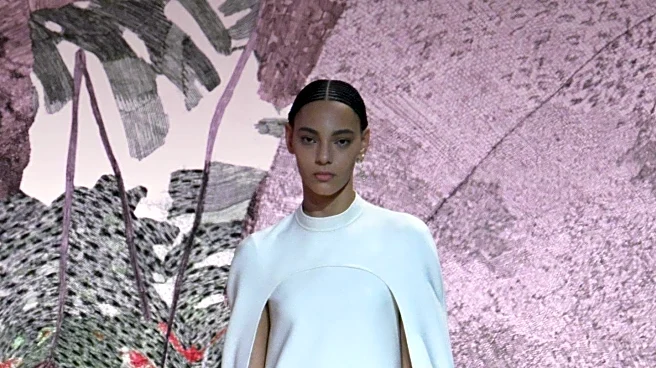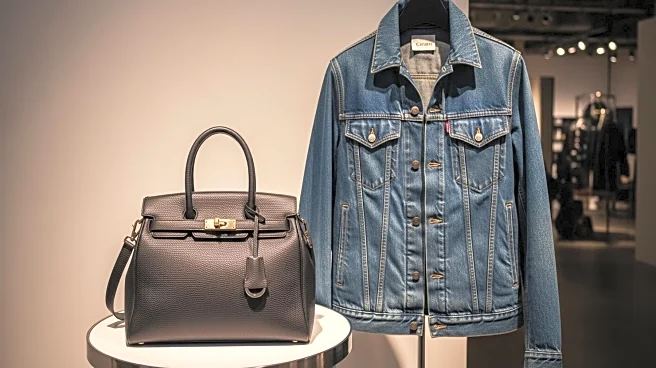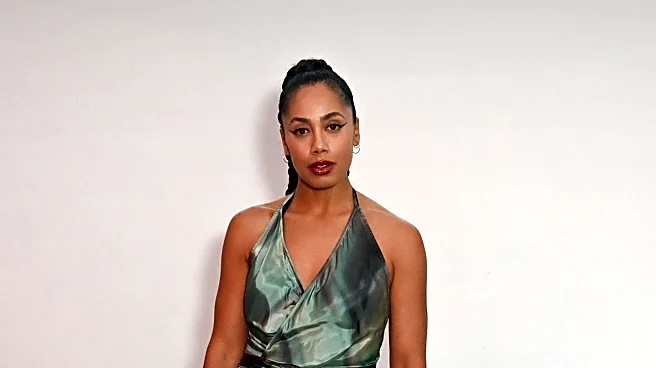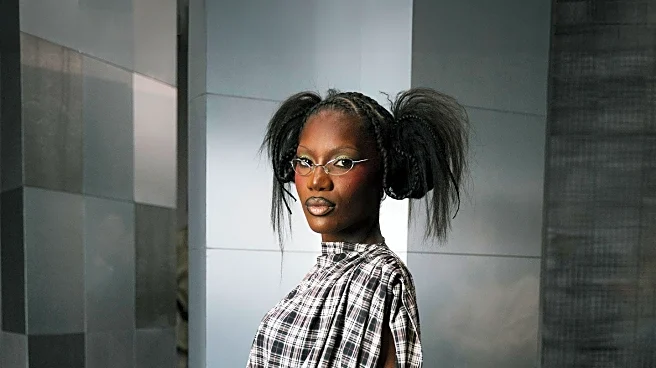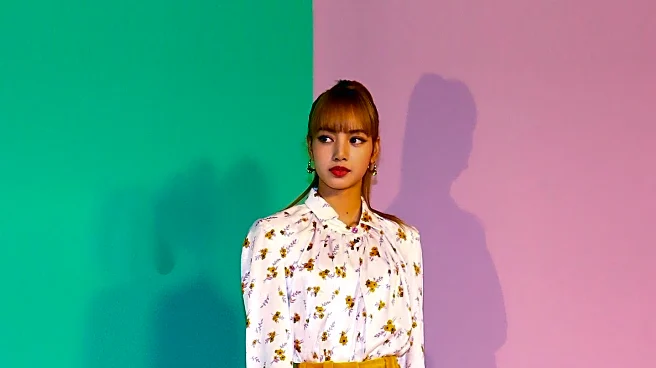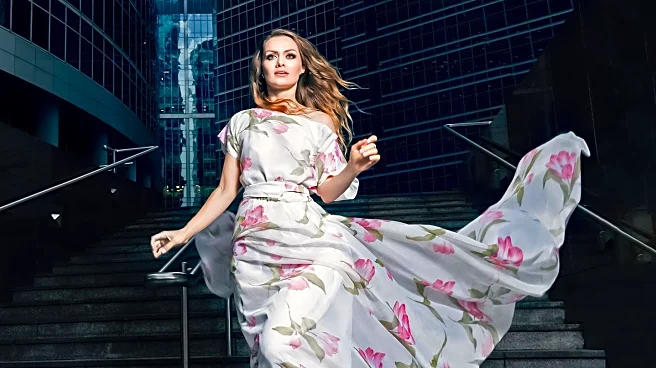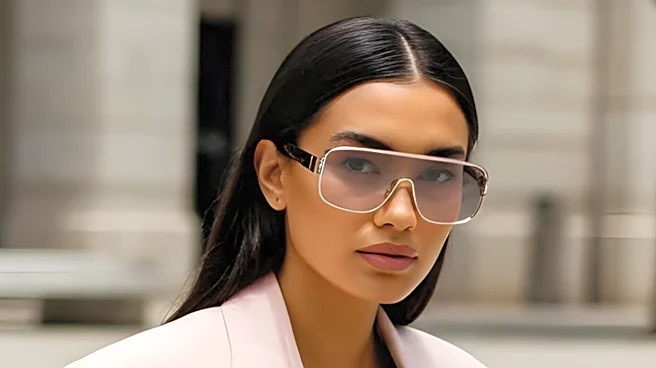What's Happening?
During New York Fashion Week, Jamie Okuma became the first Native American designer to be featured as part of the official CFDA calendar. Okuma, who is of Luiseño and Shoshonne Bannock descent, presented her new collection digitally, showcasing ready-to-wear pieces adorned with her original print work. Her designs included elegant dresses and caftans featuring imagery such as dentalium shells, flowers, elk teeth, and butterflies. Okuma shared that many of the floral designs were inspired by her own photographs, representing personal experiences and travels. Additionally, the first-ever Indigenous NYFW was hosted by Relative Arts at the Grace Exhibition Space in the East Village, featuring three days of shows with various Indigenous talents. The event highlighted diverse styles, including jewelry presentations and graphic streetwear, showcasing the rich diversity within Indigenous design.
Why It's Important?
The inclusion of Indigenous designers in New York Fashion Week marks a significant milestone in the fashion industry, which has historically overlooked authentic Indigenous talent. This event provides a platform for Native American designers to showcase their work in a major fashion capital, potentially influencing broader fashion trends and increasing visibility for Indigenous artistry. The diverse presentations highlight the unique cultural heritage and craftsmanship of Indigenous communities, offering them recognition and opportunities that have been scarce in mainstream fashion. This development could lead to greater appreciation and integration of Indigenous designs in global fashion, benefiting both the designers and the industry at large.
What's Next?
The successful debut of Indigenous designers at New York Fashion Week may encourage more fashion events to include Native American talent in their lineups. This could lead to increased collaboration between Indigenous designers and major fashion brands, fostering innovation and cultural exchange. As awareness grows, there may be more initiatives aimed at supporting Indigenous designers, such as grants, mentorship programs, and dedicated showcases. The fashion industry might also see a shift towards more inclusive practices, recognizing and crediting Indigenous influences that have long been part of fashion history.
Beyond the Headlines
The recognition of Indigenous designers at a prestigious event like New York Fashion Week could have broader cultural implications, challenging stereotypes and promoting a deeper understanding of Indigenous cultures. It may inspire younger generations within Indigenous communities to pursue careers in fashion, knowing that their heritage and creativity are valued. Additionally, this development could spark conversations about cultural appropriation and the importance of giving credit to Indigenous artists whose work has often been used without acknowledgment.

